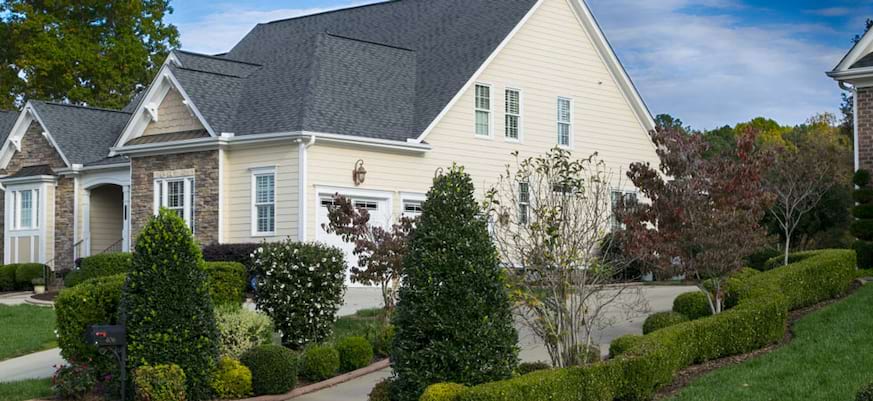If it is admitted that the Pinel devices, Denormandie or Girardin are mechanisms of tax exemption essential in terms of ofrental investment, they are, however, subject to a certain number of reviews. They are blamed for their weight on the public finances but above all their supposed inflationary effect on the price of sale of the new housing or consequently on the rents. A study by Anil nevertheless comes deny these arguments.
Les mécanismes fiscaux favorisent le développement de l’offre locative
In 2018, the local observatories rents collected data in twenty-five different urban areas. The information thus collected allows us to better to understand the various factors which influence evolution of the rents. Among the lessons that can be learned, there is a reality that confirms the importance of the mechanisms of tax exemption : the latter considerably help the development of the rental offer.
Over the past fifteen years, the housing whose owners have benefited from tax incentives constitute an increasingly important part of the private rental stock built. A census carried out in 2016 gives us an overview of this progression. It reveals that among the 820,000 empty rented homes, 700,000 to 800,000 belong to rental investors having enjoyed these devices of tax exemption. These tax mechanisms draw the market of real estate to the high, particularly in localities located on the Atlantic coast such as Nantes or Bordeaux.
Housing built after 2005 did not cause rents to soar
In most urban areas where Anil made his observations, the rents of the dwellings built since 2005 are comparable to those of housing built before this year. If the arrival of these new housing units has not caused a surge in rents, it is mainly because the rental tools tax exemption incorporate modalities provided for this purpose, including a capping of the rents and resource conditions for new tenants.
The investors who used old devices such as the Méhaignerie (1986-1997) or the Périssol were not required to respect of the ceiling rents. But their accommodation then found itself in competition with new homes whose owners had benefited from mechanisms – such as devices Besson or Scellier – who this time imposed a capping of the rents. Anil data shows that owners of property built between 1991 and 2005 had no choice but to review their rents to the drop to be able to be competitive. The tax incentive schemes in force since 2005 have actually had the effect of moderate the rents properties built before this period. It appears that in cities in tense areas, where there is more demand than supply, if gap there is between the rents of the housing newly built and those of houses dating between 1991 and 2005, it is quite low – the factors which can really to provoke a disparity of the rents are rather the typology of the housing, their surface or their geographic location.
The majority of tenants are interested in new housing
We see a completely different reality in the localities has low rental demand, notably Saint-Etienne, La Roche-sur-Yon and Brest. In these cities, rents for recent homes are 7 to 10% higher than those of property dating from the period 1991-2005. For Anil, these figures demonstrate that in new accommodations are best quality, particularly in terms of comfort and energy savings.
Most new homes built from the ground – those that have benefited of devices tax – are located on the outskirts. The fact that city centers are neglected is a phenomenon that we have been observing in a certain number of urban areas for at least fifteen years. Let’s take the example of Lille. Between 1991 and 2005, the housing built in periphery accounted for 41% of the city’s new homes; since 2005, 69% of new constructions is located on the outskirts. This gradual reorientation towards peripheral areas by the desire of many French people to move away in urban centers but also by the fact that the land there is more affordable, a key factor that all investor serious consideration for make profitable his project.
There are more and more average housing
The lessors offer less and less less of studios and any further of two or three pieces. This is the case for example in Strasbourg where studios constitute only 7% of the rental offer since 2005, compared to 20% between 1991 and 2005. promoters played a key role in this new distribution some issues housing. It must also be said that if the rental investors are less and less inclined to opt for studios, it is to avoid finding themselves in competition with some student residences well positioned on the high market of range.
We also note that more and more lessors offer apartments three pieces. Their business works because these dwellings are responding to needs of the students who want to live in flatsharing. The large apartments are also the most competitive serious good old people studios.






